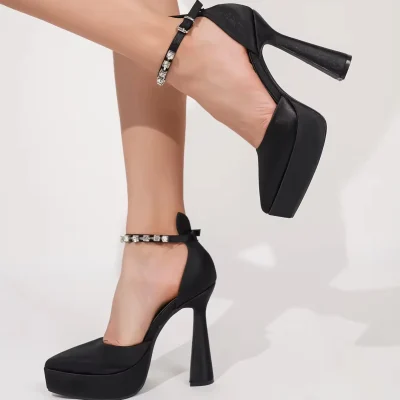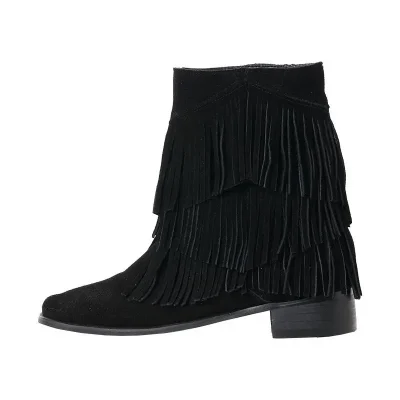Boot soles play a crucial role in foot health, impacting comfort, support, and overall well-being. Here’s how boot soles contribute to foot health:
1. Shock Absorption:
- Function: Boot soles with adequate cushioning and shock-absorbing properties help reduce the impact of each step, minimizing stress on the feet, ankles, and lower limbs.
- Benefits: Effective shock absorption can alleviate discomfort, prevent fatigue, and reduce the risk of overuse injuries such as plantar fasciitis, tendonitis, and stress fractures.
2. Support and Stability:
- Function: Boot soles provide support and stability by distributing weight evenly across the foot, promoting proper alignment, and reducing the risk of excessive pronation or supination.
- Benefits: Proper support and stability help prevent common foot problems such as arch pain, heel pain, and ankle instability, enhancing overall comfort and mobility.
3. Alignment and Posture:
- Function: Boot soles that offer adequate arch support and alignment features help maintain proper foot posture and alignment, reducing strain on the muscles, tendons, and ligaments.
- Benefits: Proper foot alignment promotes healthy biomechanics, reduces the risk of overpronation or underpronation, and may alleviate pain associated with conditions like flat feet or high arches.
4. Pressure Distribution:
- Function: Boot soles with cushioning materials and contoured designs help distribute pressure more evenly across the foot, reducing localized pressure points and discomfort.
- Benefits: Even pressure distribution minimizes the risk of corns, calluses, and blisters, promoting healthier and more comfortable feet, particularly during long periods of standing or walking.
5. Protection and Cushioning:
- Function: Boot soles act as a protective barrier between the foot and the ground, shielding the feet from impact, abrasion, and sharp objects.
- Benefits: Adequate cushioning and protection reduce the risk of foot injuries, such as bruises, cuts, and puncture wounds, especially in rugged or hazardous environments.
6. Moisture Management:
- Function: Some boot soles incorporate moisture-wicking materials or perforations to help keep the feet dry and comfortable by allowing moisture to escape.
- Benefits: Dry feet are less susceptible to fungal infections, such as athlete’s foot, and reduce the risk of skin irritation, odor, and discomfort associated with prolonged moisture exposure.
7. Breathability:
- Function: Boot soles made from breathable materials or featuring ventilation channels help promote air circulation around the feet, reducing heat and moisture buildup.
- Benefits: Improved breathability enhances comfort, reduces the risk of overheating, and promotes a healthier environment for the feet, particularly in warm or humid conditions.
Conclusion:
Boot soles are an integral component of footwear that significantly impact foot health and comfort. By providing cushioning, support, stability, and protection, well-designed boot soles help maintain proper foot mechanics, reduce the risk of injuries, and enhance overall foot health and well-being. Investing in footwear with high-quality soles tailored to your specific foot type and activity level is essential for promoting long-term foot health and preventing common foot problems.


















